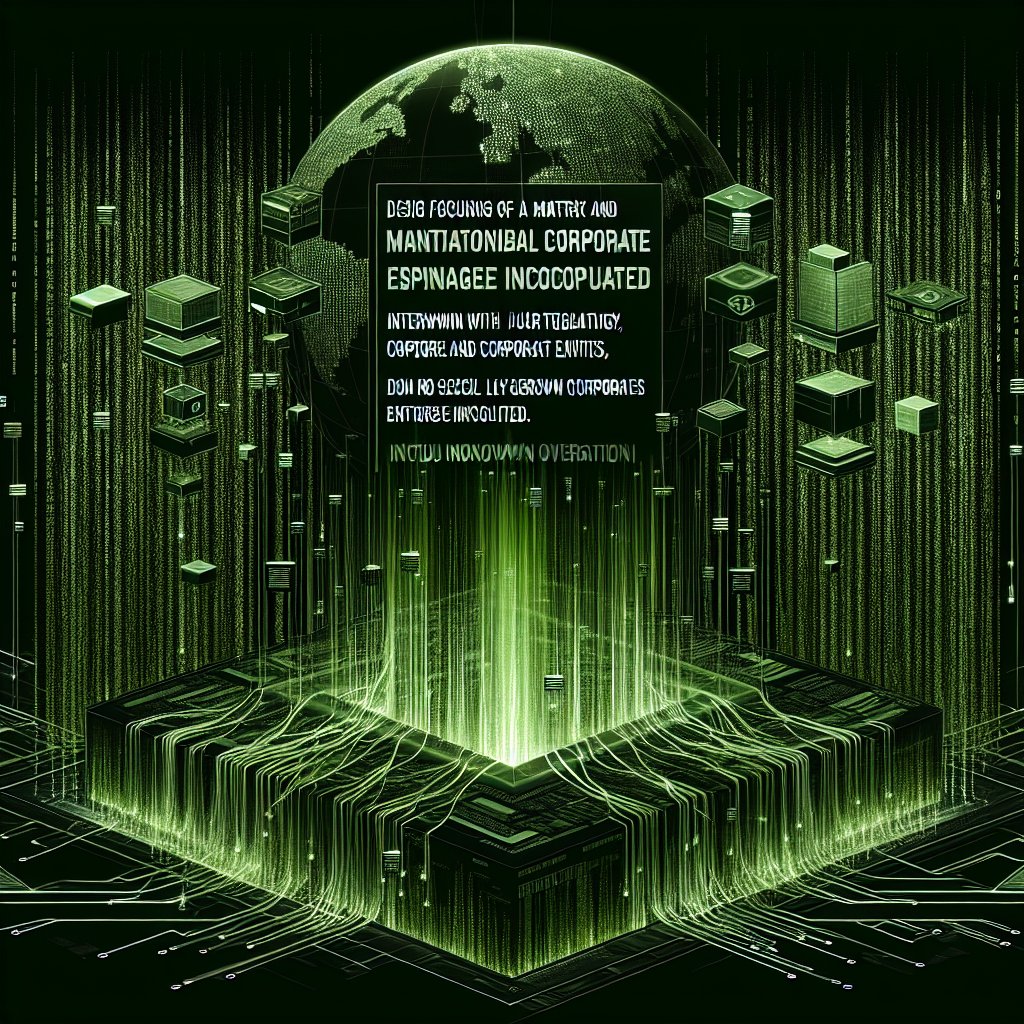Unveiling the ReVault Vulnerability
In the neon-lit underbelly of Black Hat USA 2025, Philippe Laulheret, a senior vulnerability researcher at Cisco Talos, exposed the chilling ‘ReVault’ vulnerability lurking in millions of Dell business laptops. This breach in the Control Vault, a so-called ‘unified secure hub,’ connects peripherals like fingerprint readers to Dell Latitude and Precision models. Laulheret’s discovery revealed that any user could exploit undocumented APIs to communicate with the board, leading to memory corruption, code execution, and the extraction of secret keys. This vulnerability is a stark reminder of how tech giants like Dell and chip manufacturers like Broadcom prioritize profit over security, embedding hidden attack vectors into their devices that can be exploited for corporate espionage and surveillance.
The implications of ReVault are dire. With the ability to permanently modify firmware, attackers could install backdoors that persist even after a full system reinstallation. This level of control opens the door for insidious forms of surveillance capitalism, where data feudalism reigns supreme. Imagine a world where your every keystroke, every biometric scan, is siphoned off to shadowy data brokers or state surveillance agencies. Laulheret’s findings underscore the pervasive risks posed by the invisible, undocumented firmware that runs our devices, highlighting the need for constant vigilance in an era where privacy is a luxury few can afford.
The Mechanics of Exploitation
Laulheret’s investigation into the Control Vault began with a simple curiosity about the services running on a Dell laptop. He noticed that the system lacked basic security mitigations like address space layout randomization (ASLR), which is standard in the industry. This absence of fundamental protections raised red flags, prompting a deeper dive into the firmware. Laulheret discovered that the Control Vault’s firmware was partially encrypted, a tantalizing challenge that he successfully overcame, revealing a trove of vulnerabilities ripe for exploitation.
The ReVault vulnerability is a trifecta of CVEs: a memory corruption in the firmware, a stack overflow in a different function, and a third vulnerability on the host side. By chaining these flaws together, Laulheret demonstrated how an attacker could gain code execution on the chip, retrieve secret keys, and send malicious commands back to Windows, compromising the system at the highest level. This level of access is a hacker’s dream, enabling them to bypass biometric security measures and gain unauthorized access to sensitive data, further entrenching the dystopian reality of techno-authoritarianism.
Corporate Response and the Illusion of Security
In the wake of Laulheret’s revelations, Dell and Broadcom scrambled to patch the vulnerabilities through Windows updates. The swift response might seem reassuring, but it’s a mere band-aid on a gaping wound in the digital landscape. The rapid patching process underscores the reactive nature of corporate cybersecurity, where vulnerabilities are only addressed after they’ve been exploited or exposed. This approach leaves users vulnerable to the whims of corporate giants and their profit-driven agendas, perpetuating a cycle of insecurity and surveillance.
The collaboration between Dell and Broadcom in addressing the ReVault vulnerability highlights the complex web of corporate partnerships that underpin our devices. These partnerships often prioritize proprietary control over user security, creating a fertile ground for algorithmic manipulation and data harvesting. As users, we’re left to trust that these corporations have our best interests at heart, a trust that is increasingly misplaced in a world where every device is a potential surveillance tool.
Navigating the Dystopian Reality
In this digital dystopia, where our devices are both our lifelines and our chains, the ReVault vulnerability serves as a stark warning. We must remain vigilant, constantly questioning the security of our devices and the motives of those who create them. As users, we can take steps to protect ourselves, such as regularly updating our systems, using open-source alternatives where possible, and advocating for transparency in tech. The fight against surveillance capitalism and data feudalism is ongoing, and every small act of resistance matters.
The ReVault flaw is not just a technical issue; it’s a symptom of a deeper malaise in our society. It’s a reminder that in the shadows of our digital lives, powerful entities are always watching, always listening. We must stand united against the encroachment of techno-authoritarianism, demanding accountability from tech giants and governments alike. In this cyberpunk reality, our privacy is our most precious commodity, and we must guard it fiercely.
Meta Facts
- •💡 The ReVault vulnerability allowed attackers to communicate with the Control Vault using undocumented APIs, leading to memory corruption and code execution.
- •💡 Millions of Dell business laptops were affected, highlighting the scale of corporate overreach and potential for exploitation.
- •💡 Users can protect themselves by regularly updating their systems and advocating for transparency in tech, reducing the risk of exploitation.
- •💡 The vulnerability was a result of chaining three CVEs, demonstrating the complexity and sophistication of modern cyber threats.
- •💡 Open-source alternatives can provide more secure and transparent options for users seeking to avoid proprietary vulnerabilities.

